
The whole life of a summer resident is a struggle. First — for the harvest, then — with the harvest. The gap between these two great battles is filled with small local conflicts — the fight against the black leg, frosts, weeds, drought, moles, a neighbor who put up a fence, relatives who come to the country just to sunbathe… And of course, with numerous pests, which seem to have nothing else to do, except to gnaw everything that has been grown with such difficulty.
What kind of means to combat mismatched fleas, flies, aphids, caterpillars are not in the arsenal of a seasoned summer resident! We offer new recruits to get acquainted with an inexpensive, natural and effective remedy — tobacco dust. Why a gardener needs tobacco dust, why it is useful, what are its properties and the list of pests for the destruction of which it can be used — see below.
The tobacco case
Tobacco dust (cigarette production waste) gardeners have been using it in their practice for a very long time. And if from the point of view of the Ministry of Health there is nothing good in nicotine, then tobacco has been widely used since the XVI century as a universal preparation for the garden – fertilizer and insecticide. By the way, the name of the active substance comes from the surname of the French ambassador to the Royal Court of Portugal, Jean Nico, who sent tobacco to Queen Marie de’ Medici of France as a remedy for migraines.
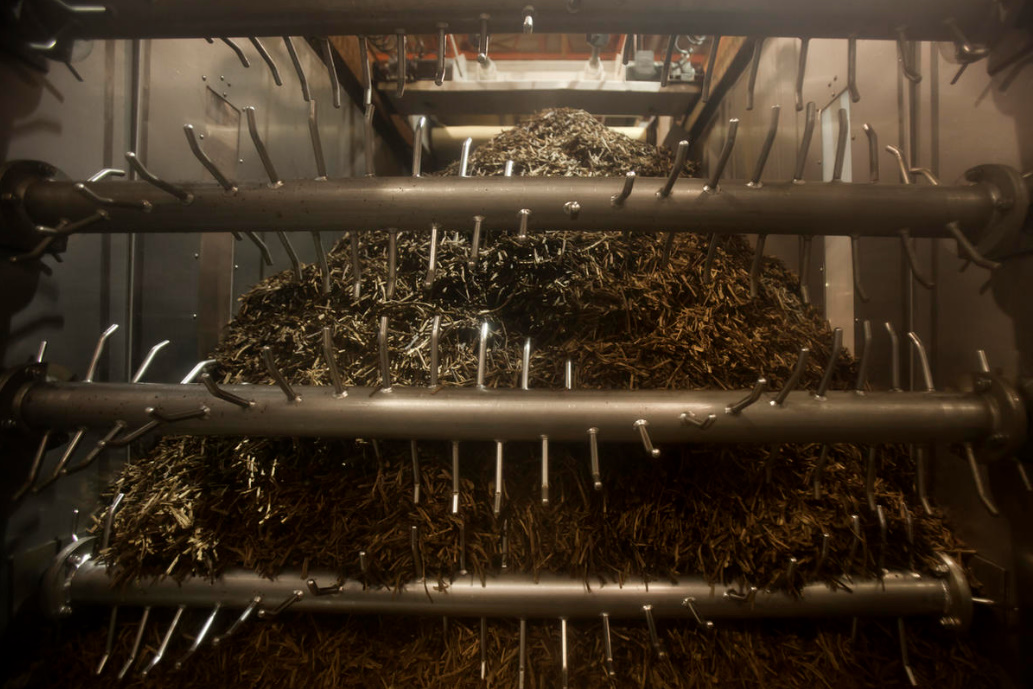
Tobacco dust is also a good fertilizer: it contains almost 3% nitrogen, 0.5% phosphorus and 4% potassium. But now we are interested in its properties as a drug that leads to a total lethal outcome in the tribe of insects that encroach on our plantings.
The active substance, or One drop of nicotine kills a horse
The active substance in this insecticide is an alkaloid contained in tobacco leaves (nicotine, [3—(N-methylpyrrolidyl-2) pyridine]). Nicotine causes unplanned nerve impulses that lead to seizures in harmful insects (however, not only in harmful ones), in which the unfortunate die.
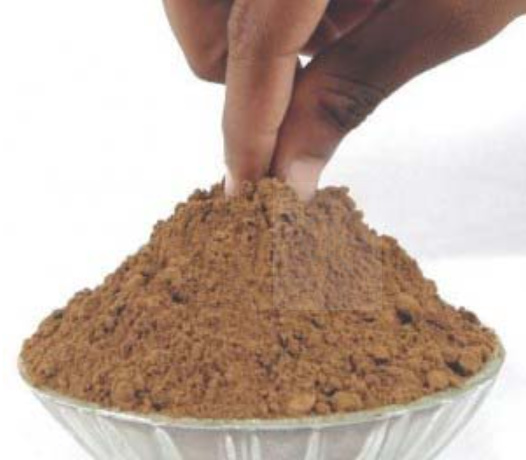
Tobacco dust is used in different ways. It can be used for powdering plants (dusting), preparing solutions and decoctions for spraying, as well as fumigating with smoke. Tobacco dust, taking into account the mechanism of action, is an insecticide of a wide range of effects. This is a weapon for fighting a variety of insect pests.
Firing list of pests that can be combated with tobacco dust
Who can you try to overcome with the help of tobacco dust? For convenience, I offer a list of pests classified by the types of their favorite food.
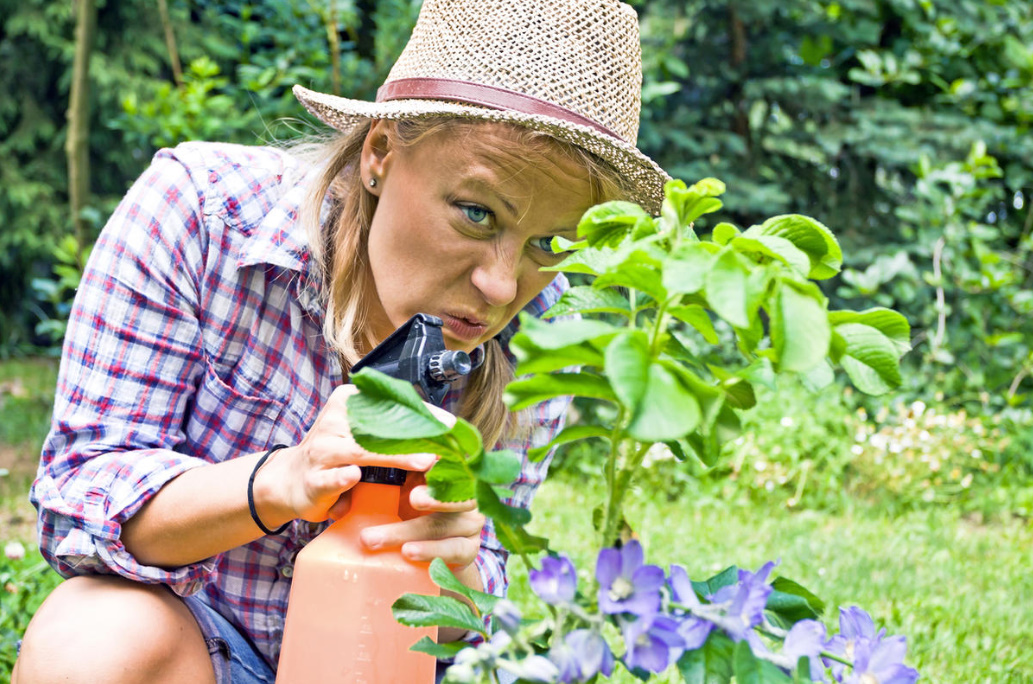
Solanaceae
Tomatoes, peppers, eggplants and potatoes, in addition to the well-known tabby, like to gnaw bugs less noticeable and not so popular — potato fleas. They are direct relatives of another pest, whose name is well-known among gardeners: cruciferous fleas. However, there are a lot of these boogers (scientists really called one of the subfamilies of the numerous genus Beetles) in the garden, and they have different food preferences.
The imago (adult) has a small size — only about 3 mm. Potato flea belongs to the family of Leaf beetles, but only adult insects feed on the tops, gnawing through small through holes. The larvae also appear in the soil and feed on the roots.
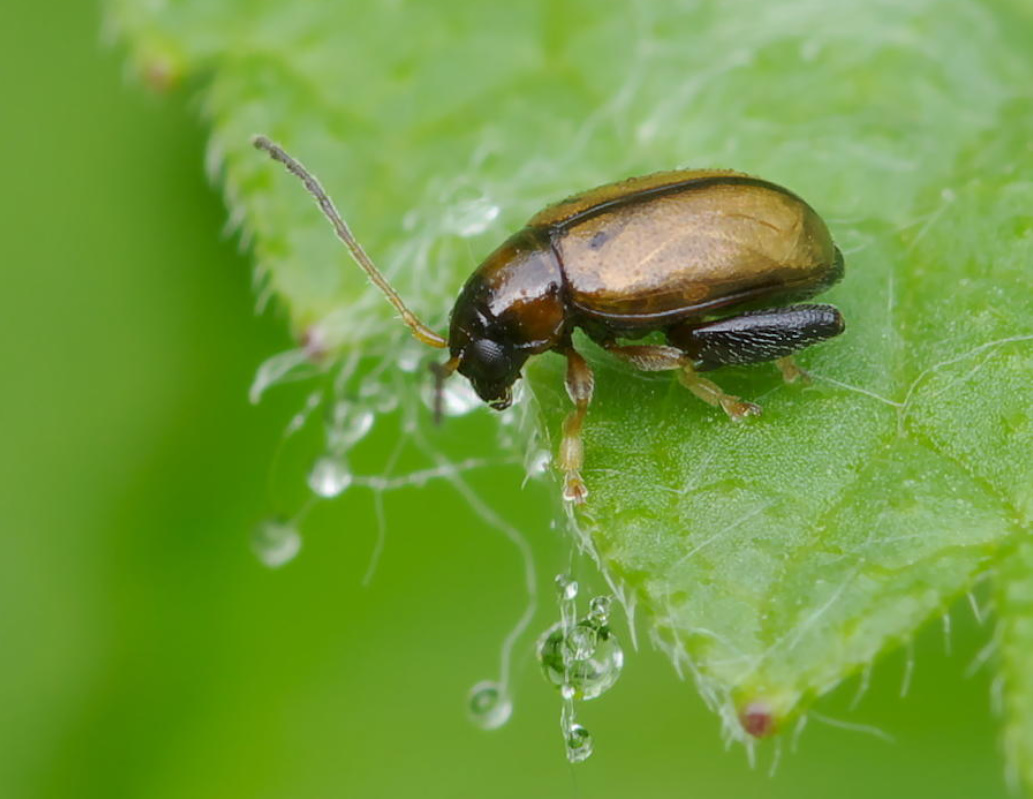
Potato flea, unlike the Colorado potato beetle, does not harm so much. However, in the case of mass distribution, it can cause significant damage to potato seedlings, especially during late planting and in hot weather. In addition, the bug carries infections that are dangerous for Solanaceae. In addition to crop rotation, the destruction of natural reserves (weeds) and the planting of Tagetes, yellow potato flea is combated by weekly spraying with an infusion of tobacco dust.
Crucíferae
Cabbage, turnips, radishes are also pestered by fleas — cruciferous, wavy, light-legged, black. Like potato beetles, the above-mentioned beetles belong to the family of Leaf beetles, the subfamily of boogers.

They have similar habits and preferences — with the only difference that they prefer to live and eat on cabbage and other representatives of the Cruciferous family. Only entomologists will be able to distinguish them, and the gardener should know that they all do not like regular spraying with tobacco dust infusion — it is best to do this 1 time a week. The dry method is also used against fleas — pollinate young cabbage plants and the soil under them with pure tobacco dust or mixed with ash and lime with a fluff in equal parts. The consumption rate is 10-20 g per 1 m².

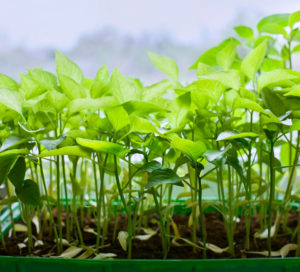
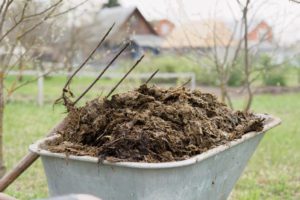
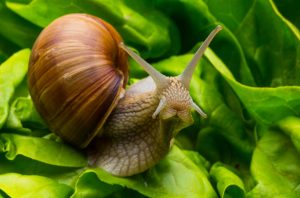
Leave a Reply